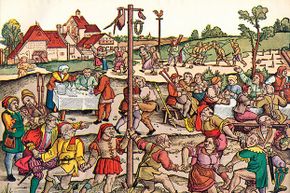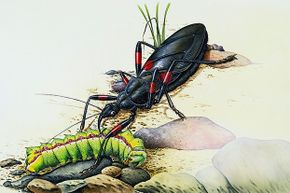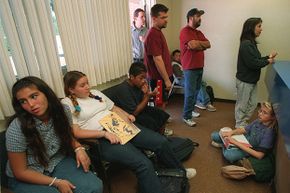For two weeks in 1956, people who lived near Taipei, Taiwan, were terrified of a mysterious slasher roaming the streets. The fiendish character would surreptitiously slice people as he slipped through crowds or brushed past them. About two dozen folks, most of whom were poor women and children, reported being slashed [source: Bartholomew and Goode].
But then something even stranger happened. After police spoke with the victims, it became clear that there was no mass slasher. Spurred by hysterical news reports, people thought that regular minor cuts on their bodies were the work of a crazed killer. In one case, the "slash" was an old injury which the person had scratched and re-opened.
Advertisement
Such mass hysterias, or collective delusions, are actually quite common. They happen often in places where small, tight-knit groups of people are gathered together and may be under stress — like schools, convents and factories. Young women are the most likely victims. The hysterias generally spread rapidly but are relatively short-lived [sources: Bartholomew and Goode, Dominus].
In medical terms, mass hysteria occurs when people become afflicted with conversion disorder,also called functional neurological symptom disorder. When this happens, a bad scare or stress — something mental or emotional — transforms into a medical issue. There are two types of conversion disorders: anxiety hysteria and motor hysteria. In the former, people develop symptoms such as headaches, dizziness and nausea, typically after perceiving something threatening, such as a foul odor or unusual stain. Hundreds of these cases occur annually in the U.S.
Motor hysteria involves everything from twitching and stuttering to catatonic states and melodramatic outbursts. This is rarer and is often found in restrictive social settings, such as discipline-heavy boarding schools or prisons [sources: Bartholomew and Goode, Dominus, Mayo Clinic].
Mass hysterias have occurred across cultures and throughout time. Here's a chronological look at 10 of the stranger ones.










